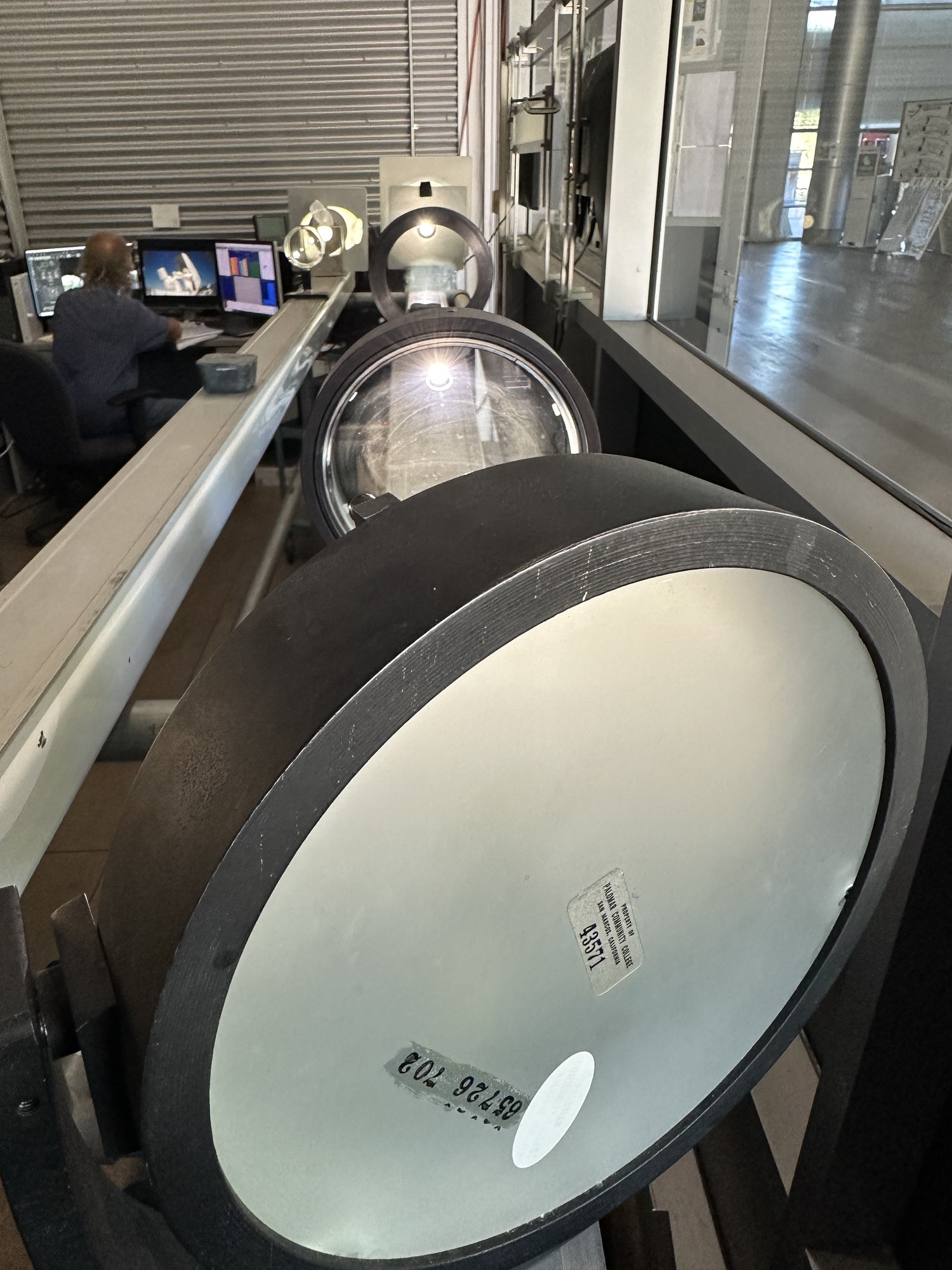SAN MARCOS – The Palomar Astronomy department will soon have the solar telescope up and running again for educational purposes and experiences for students.
The solar telescope is currently located in the NS building on the roof and has been there since COVID-19. Due to the pandemic and harsh times for many, it affected its activity and usage. Since then, it hasn’t been operating until last Friday when Scott Kardel, Associate Professor of Astronomy, took a look at it.
The telescope is first set up by being pointed at the sun, as it sends light from the roof to the first-floor lobby. In the lobby, there is a small room located on the right with monitors and multiple glass and mirrors placed to replicate the sun’s light and its activity. This type of data is then displayed on the outer walls of the room, where students can see the data being formed and the sun’s aspects.
However, for all this to happen, the telescope must first be set up properly by someone during good weather.
“The idea is that on a nice day, and there is time to get it set up, someone would open it up, turn it on, and then in the lobby, you would be able to see the spectrum and the sun and its sunspots,” explained Kardel.
Due to COVID-19, the telescope had not been in use, and the only person who knew its ins and outs has retired. The goal now for Palomar faculty and Kardel is to work on getting someone to learn the procedures to get the telescope back in action.
Kardel explains that due to how old the telescope is, dating back to even before 1994, its mirrors have to be cleaned and recoated. For example, If a bird flies by and leaves a presence it’ll affect it’s clarity and usage for accurate data.
Up until that past week, the team had been replacing the mirrors before Covid-19 as it was in the middle of the process.
“That process was happening just before COVID hit, so we’re only just now back to where it is, and Friday was the first time in years…” said Kardel.
Overall, once the telescope is back to its regular activity, Kardel believes it’ll help his astronomy students with his teachings, like the topic of the sun’s spectrum.
“This isn’t something a lot of students will ever see or experience on their own…it’s very helpful to say let’s go up there and look,” said Kardel.
The appearance of the sun changes all the time, so Kardel and the Palomar team are putting in their time and efforts to make the telescope a priority for not just an educational purpose but for astronomy students to also experience the sun and lectures in a new way.


Comments are closed, but trackbacks and pingbacks are open.